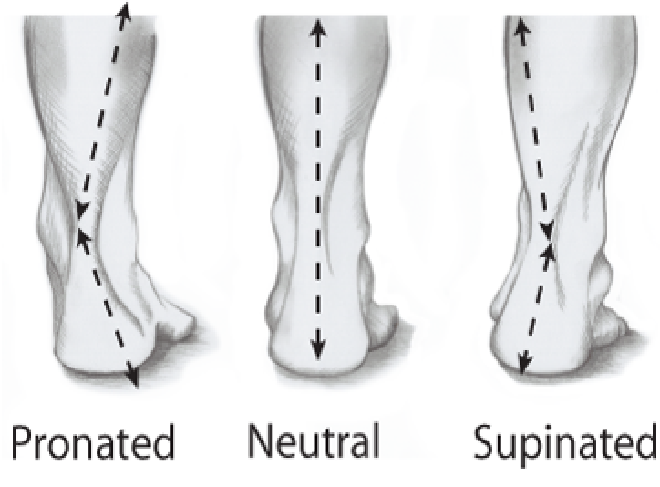Pronation, Supination, What is it and How does it Affect Your Running?
To understand how we can better run and have a better form, we need to understand how we strike the grown. There are three natural movements, pronation, neutral, and supination. We’ll explore what it means and how we can help correct it.
Understanding what kind of movement your foot follows is important to understand what shoes can fit you best.
Definition #
- Pronation movement occurs when the foot rolls inward and the foot arch flattens, absorbing shock and providing balance.
- Neutral movement occurs when the foot strikes the ground and rolls slightly inward, maintaining a stable arch.
- Supination movement happens when the foot rolls outward, placing more pressure on the outer edge of the foot and the smaller toes.

When the pronation or supination movement is more pronounced, we talk about overpronation and over-supination. It can cause discomfort and even injury over time.
Overpronation, in particular, can lead to conditions such as plantar fasciitis, shin splints, and Achilles tendinitis. On the other hand, over-supination can lead to ankle sprains, IT band syndrome, and other similar injuries.
If you are still uncertain about your foot movements, you can check your old shoe sole and see which areas are most used. Supinators would have the outer soles the most used, pronators would have the inside and heel soles the most used, and neutral runners would have a more central use of the shoe sole.
You can also ask a friend to spot you and record your strike during a run. Separately, more and more running shops have a treadmill and video equipment to help you understand better and advise on your needs.
Prevention #
To prevent overpronation and over-supination, it is important to choose shoes that provide the right amount of support and stability for your foot type.
For overpronators, like myself, shoes with motion control or stability feature can help keep the foot in a more neutral position and reduce the risk of injuries.
For over-supinators, shoes with extra cushioning and flexibility can help absorb shocks and prevent pressure on the outer edge of the foot.
Stretching and strengthening exercises can also help prevent overpronation or over-supination. Strengthening the muscles in the foot and ankle can help improve stability and balance while stretching can help maintain flexibility and prevent muscle imbalances.
Try to always take 10 to 15mins to do static stretching after your run. For instance, performing a simple calf stretch, standing facing a wall with one foot in front of the other and the back heel on the ground, then leaning forward until a stretch is felt in the calf muscle, holding the position for 15-30 seconds before repeating on the other side.
Regarding strengthening exercises, aside from the rest of your leg muscles, you can focus on the plantar fascia (i.e. the bottom of your foot). While standing, place a tennis ball or equivalent underneath the bottom of your foot and apply pressure with your body weight back and forth. Roll on the bottom of your foot for 15-30 seconds before changing to the other side.
Conclusion #
In case you are a pronation or supination runner and you don’t feel any discomfort or injury, then you probably don’t need to look further in correcting shoes. As long as you follow the fundamentals of running exercises like warming up, cooling down, strengths, and stretching exercises, you should be good.
However, if you feel discomfort or have an ongoing injury, it’s best to stop there and consult a medical specialist.
Now you know better how your legs and foot movements work when you run, which is the first step (no pun intended) towards a better running form, reduces the risk of injuries, and makes your running experience a bit better.
Photo by Bruno Nascimento